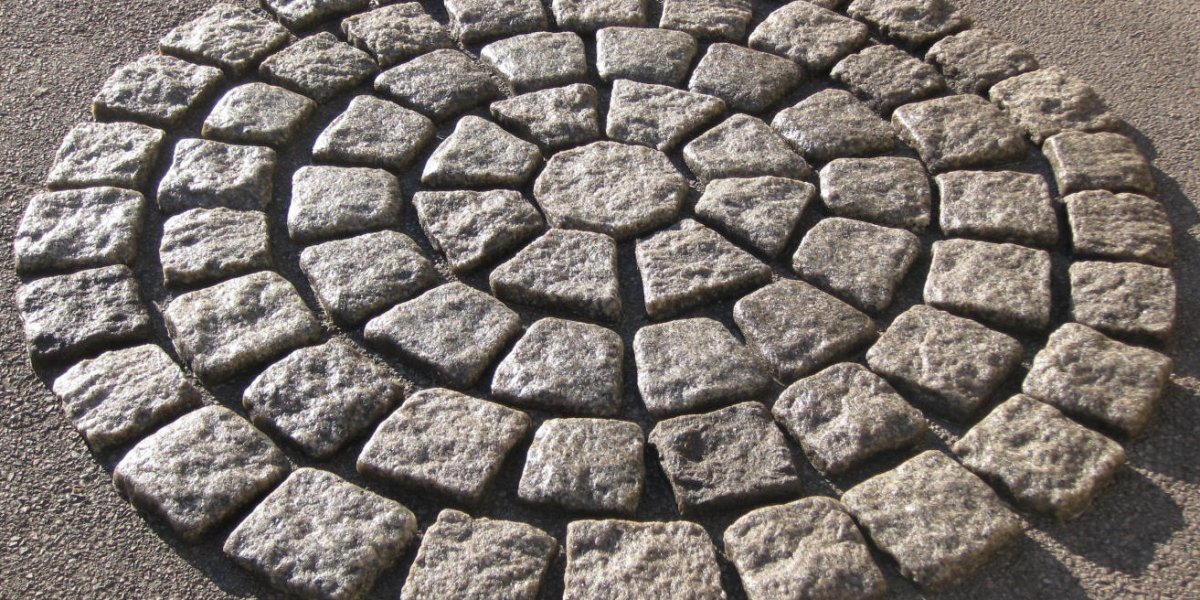There’s a certain magic about historical districts when dusk falls—the way the old stones glow under street lamps and the shadows play on ancient architecture. But here's a thought: could we enhance this enchanting ambiance while also serving a practical purpose? Absolutely. Ambient lighting isn’t just about setting a mood; it can be a clever ally in the realm of traffic calming, especially in areas where maintaining aesthetic integrity is as crucial as pedestrian safety more.
The Subtle Art of Lighting for Safety
In historical districts, where every cobbled street and carved corner tells a story, traditional traffic calming methods can sometimes feel a bit blunt, a bit modern. But lighting—now, that’s something that can blend into the narrative almost unnoticed. By enhancing street lighting in a thoughtful way, we can guide drivers naturally, encouraging them to slow down through beautifully lit landscapes that demand attention and respect.
Ambient lighting can be strategically placed to highlight pedestrian crossings, narrow roads, and sharp bends, gently alerting drivers to potential hazards without the need for glaring signs and harsh barriers. It's about using light to guide, not dictate.
Enhancing Historical Features
Imagine spotlights subtly highlighting architectural features or the texture of ancient walls along the roadside. This not only celebrates the heritage of the area but also increases visibility, making it safer for both drivers and pedestrians. These lighting elements can draw the eyes of drivers to specific points, naturally causing them to reduce speed as they process the visual information and marvel at their surroundings.
Moreover, incorporating low-level LED lights along pathways and in between cobblestones can demarcate edges and boundaries softly, maintaining the historical ambiance while enhancing nighttime navigation.
Smart Lighting Solutions
With the advent of smart city technologies, lighting can go beyond static installations. Adaptive lighting systems can adjust based on the time of day, traffic levels, and even weather conditions. On a foggy evening, for example, lights could brighten slightly to improve visibility, dimming again when conditions improve or when pedestrian foot traffic decreases late at night.
These smart systems can be designed to complement the architectural style of the district, with fixtures that echo the historical period, fitted with the latest technology—think wrought iron lanterns with motion sensors or Victorian-style lamps with dimmable LED bulbs.
Community Involvement and Feedback
Integrating advanced lighting solutions into historical districts should be a dialogue rather than a decree. Engaging with local communities to determine their needs and aesthetic preferences can lead to a lighting design that is both functional and fitting. This involvement ensures that the solutions uphold the historical significance and meet modern safety standards, without compromising on community values.
Conclusion
In conclusion, ambient lighting presents a unique opportunity to enhance road safety and aesthetic value in historical districts. It’s a gentle, unobtrusive approach to traffic calming that respects the past while protecting present-day users. By lighting the way, we not only preserve the enchanting allure of these cherished areas at night but also ensure that they remain vibrant, safe spaces for all to enjoy. This blend of functionality and beauty is not just practical; it’s a tribute to the heritage and history that light up our collective experience in these storied spaces.









